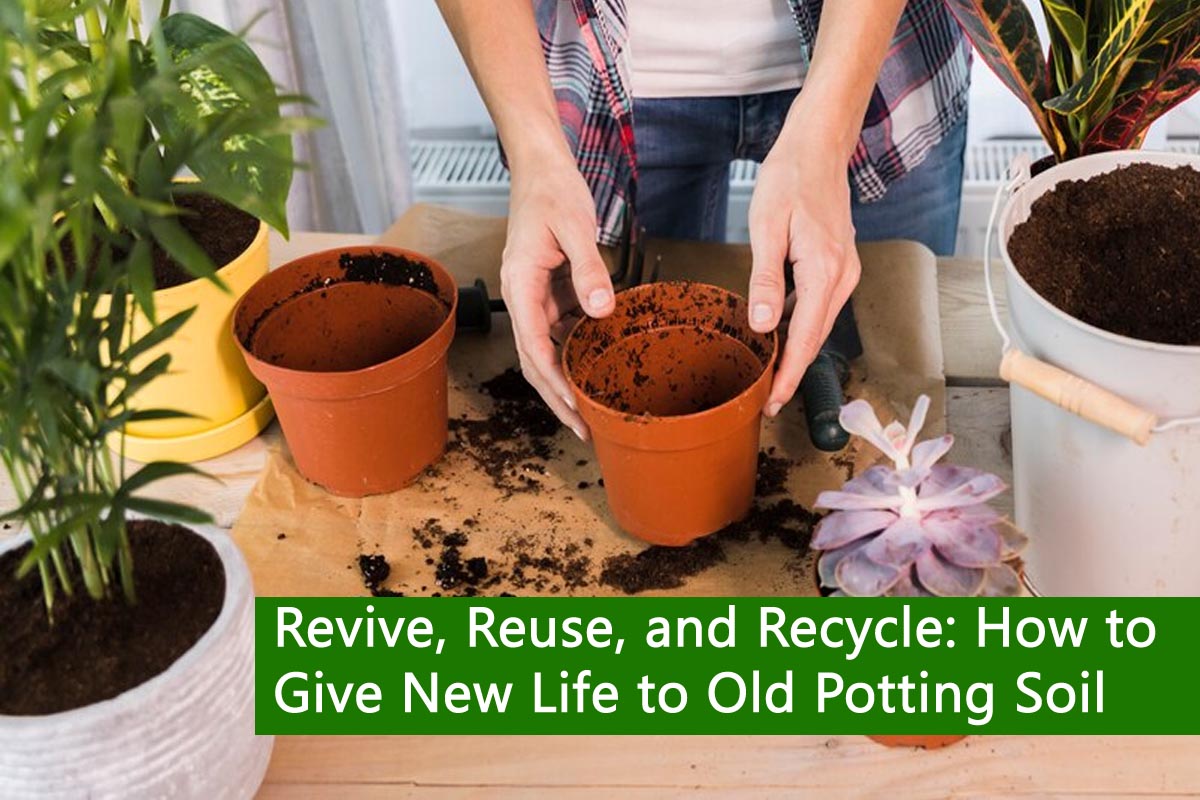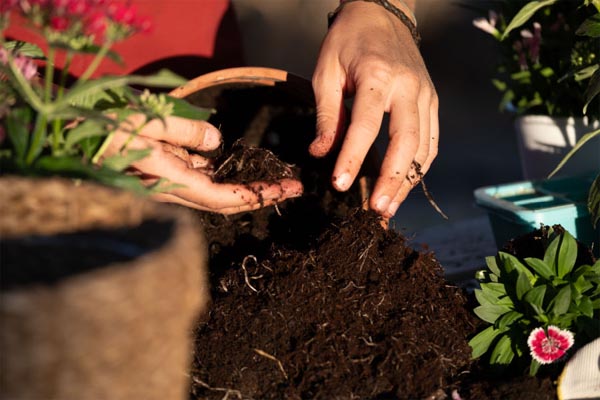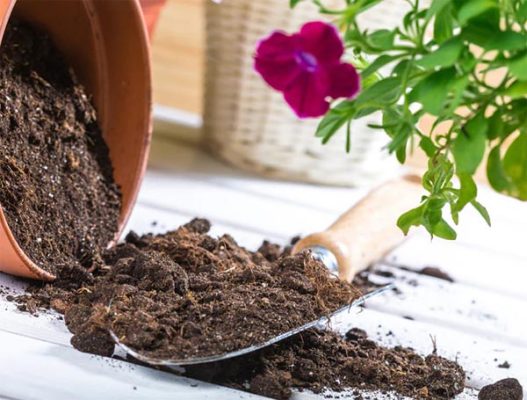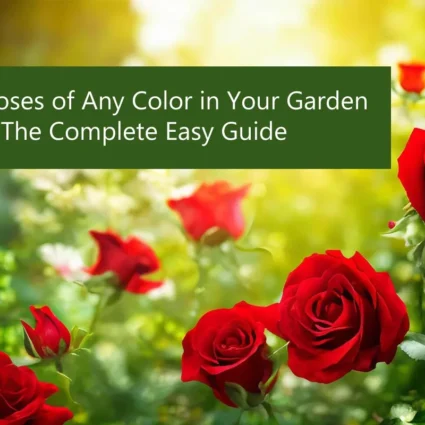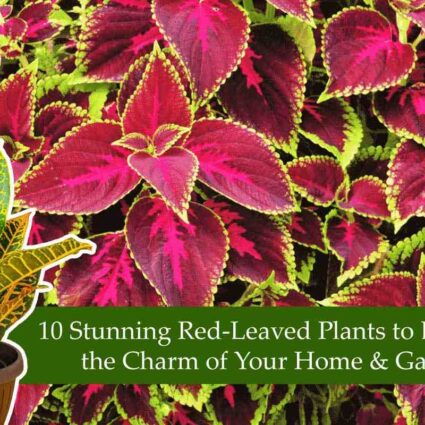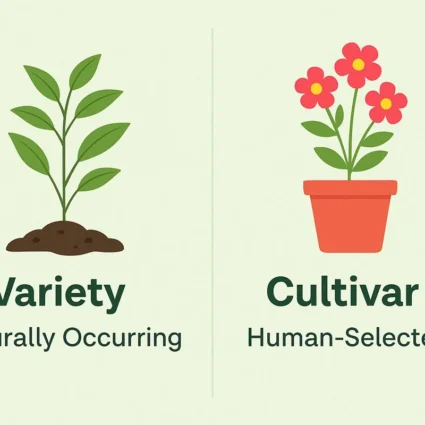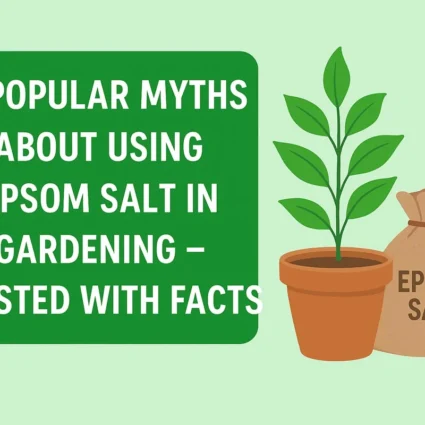Blogs
Answer : You can reuse potting soil for a wide range of plants, but be sure to adjust the soil’s nutrient content and pH based on the specific needs of the plants you intend to grow. Different plants may require other soil conditions.
Also Read This :Discover Flowers That Transform Their Hues
Question 7: Can I mix old and new potting soil together?
Answer : Mixing old and new potting soil is a common practice and can be beneficial. The older soil may provide stability and some nutrients, while the new soil can add freshness and essential nutrients. Just make sure to blend them thoroughly.
Question 8: What’s the best way to store revitalized potting soil?
Answer : Store your revitalized potting soil in a cool, dry place, preferably in a container with a lid to keep out pests and maintain its quality. Be sure to label it with the preparation date.
Also Read This :The Sweetest Scents: Exploring the Top 10 Most Fragrant Flowers in the World
Question 9: Will reused potting soil perform as well as new soil?

